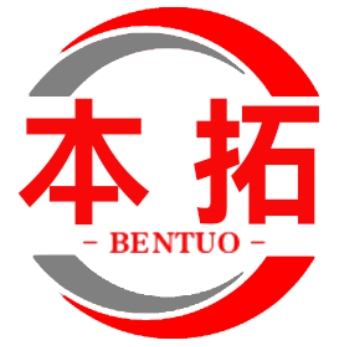Premade dishes do not add preservatives, how to achieve?
本文来源于:食品机械设备网
A few days ago, the six departments of the State jointly issued the "Notice on Strengthening the safety supervision of Prepared Dishes to Promote the high-quality Development of the industry" (hereinafter referred to as the "Notice"), at the national level to clarify the definition and scope of prepared dishes, and stipulate that no preservatives are added.
The "Notice" specifies that prepared dishes are made from one or more edible agricultural products and their products, with or without seasoning and other auxiliary materials, without preservatives, through industrial pre-processing (such as stirring, pickling, rolling, shaping, frying, frying, roasting, boiling, steaming, etc.), with or without seasoning packages, in accordance with the storage, transportation and sales conditions indicated on the product label. A prepackaged dish ready to eat after heating or cooking. At the same time, it is clear that dishes made by the central kitchen, pure vegetable foods, staple foods, ready-to-eat foods that can be eaten without heating or cooking, and cold dishes such as vegetable (fruit) salads that can be eaten directly are not prepared dishes.
The author notes "no preservatives added". This rule is a boon to consumers who accept prepared dishes but are concerned about consuming too many food additives, especially preservatives. In fact, before the "Notice" came out, there were some prefabricated vegetable production enterprises that did not add preservatives. Whether or not preservatives need to be added to prepared dishes depends on the preservation technology used in the production process and the cold chain logistics during transportation and sales. Catering enterprises want to keep the color and flavor of food for a long time, but do not want to invest in the cold chain preservation, they use the added preservatives, can be stored at room temperature prepared dishes.
According to the author's understanding, many prefabricated vegetable enterprises have realized the "preservative-free" production of prefabricated vegetables through sterilization and quick-freezing technology. Ajika, a prefabricated vegetable manufacturer, has said that its prefabricated vegetables need to go through the quick-freezing process in the production process, and use professional equipment to quickly pass the pre-treated products through its maximum ice crystal area in an environment below -35 ° C, so that the hot center temperature of the frozen products reaches -18 ° C and below, and the implementation of the national standard is one year; Under this condition, to reduce the loss of nutrients, to ensure that frozen food after thawing, can still maintain the original fresh, in the production process, the company does not add any preservatives, colors, flavors, etc.
Prepared vegetable products such as Yongzhou blood duck and Dongan chicken produced by a well-known food processing company in Yongzhou are continuously transported from Hunan to all parts of the country every day. The boss of the company said that "at present, the main use of vacuum pre-cooling technology + cold chain logistics, no need to add preservatives."
For example, the familiar crayfish pre-prepared dishes are now preserved by quick-freezing fresh technology rather than traditional preservatives. After cooking and seasoning, they enter the liquid nitrogen storage and lock the umami taste after more than 10 minutes of rapid freezing.
Prepared dishes do not add preservatives can also have a long shelf life, in addition to the "cold treatment" of the production link, warehousing, transportation, sales links also need to be "cold enough". For most prefabricated vegetable companies, the bigger challenge lies in the process of transporting prefabricated vegetables to all parts of the country by cold chain logistics after they are produced and shipped out of the factory. Although in recent years, China has introduced many policies to support the development of the cold chain logistics industry, China's cold chain market is still in the early stage of development, and the overall scale of cold chain logistics facilities is insufficient. This has also led to high cold chain transportation costs for prepared dishes, indirectly allowing many end users to choose lower-cost, room-temperature prepared dishes.
Some prefabricated vegetable enterprises choose to build their own cold chain logistics system, and some enterprises choose to cooperate with third-party cold chain logistics companies. No matter which option they choose, they face the high cost of the cold chain.
Now, the "Notice" issued, it is clear that prepared dishes do not add preservatives. This gives consumers a reassurance, and urges the prepared dish industry to develop towards a more and more healthy and safe road. This also promotes the transformation and upgrading of prefabricated vegetable production enterprises, pays attention to the improvement of fresh-keeping technology, and also has positive significance for accelerating the development of China's cold chain logistics industry.
